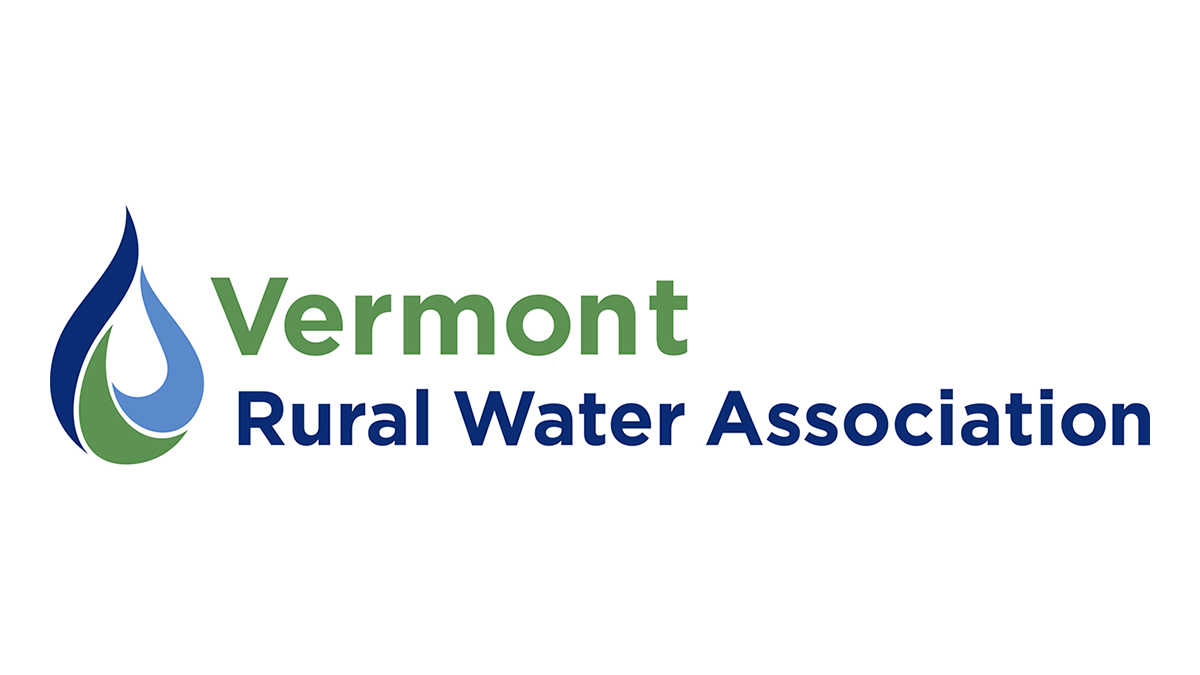The following is an email message sent to community and NTNC water systems on May 29, 2020.
Greetings from the Vermont Drinking Water and Groundwater Protection Division,
The Department of Environmental Conservation (DEC)’s Drinking Water and Groundwater Division (Division) is reviewing disinfection policy put in place at the start of the Governor’s Stay Home, Stay Safe order.
Any public Community Water Systems (CWS) and Non-Transient Non-Community (NTNC) water system that activated their disinfection system in response to the Division’s March 20, 2020 directive can now discontinue disinfection systems at the discretion of the owner and Designated Operator. This does not apply to water systems with other directives or requirements to continuously disinfect. The Division may reevaluate the need to return to continuous disinfection for public CWS and NTNC water systems in the future.
For CWS and NTNC water systems who want to discontinue disinfection:
- Before you discontinue chlorination, we strongly recommend following the flushing guidance (https://dec.vermont.gov/sites/dec/files/dwgwp/emergencyprep/pdf/Water-Quality-Low-Use-COVID19-Press-Release.pdf) issued on May 21, 2020.
- Empty your chlorine day/mixing tank. To do this, continue to chlorinate until the tank is empty or use another proper method of disposal such as disposing small amounts on the ground surface where it will not enter drains, septic tanks, or impact surface water. Do not leave the chlorine solution tank full or partially full because chlorine will degrade between now and the next time the system activates the disinfection equipment.
- Monitor and report free chlorine residual at the entry point to the distribution system. Do this at the same time and location as your total coliform sampling until there is no longer a measurable amount.
- Follow other considerations in your approved Operation and Maintenance Manual.
For CWS and NTNC water systems who normally do not disinfect but wish to continue disinfection (other than just emptying chlorine day/mixing tank):
- Notify Tommy Ott at ott@vermont.gov or 802-505-1948 if you intend to continue disinfection. You may need to monitor your drinking water for disinfection byproducts (DBPs). Contact your lab directly about costs. Develop a DBP Sampling Plan if you do not already have an approved copy. More information is at: https://dec.vermont.gov/water/drinking-water/water-quality-monitoring/dbps
- Collect daily free chlorine residual measurements at the entry point to the distribution system. Record the result in the Monthly Operations Report.
- Collect the free chlorine residual measurement at the same time and location as the total coliform samples. Enter the result on the Chain of Custody/lab sample collection form. This measurement must be included in the final laboratory report.
Mask Guidance
As you perform your daily tasks, do your part to protect your health and the health of those around you. Observe social distancing and wear a cloth mask. Learn how you can help slow the spread of Covid-19:
https://www.healthvermont.gov/sites/default/files/documents/pdf/COVID-19-VDH-mask-guidance.pdf
https://www.cdc.gov/coronavirus/2019-ncov/prevent-getting-sick/prevention.html
FEMA and EPA are working with VTWARN to provide cloth face masks to operators in the next few weeks. You can request masks at
https://forms.office.com/Pages/ResponsePage.aspx?id=Mvjd61sTuEyFjotj7a4n-S2Zfk85jOhLvtqQw5MiCQhUN0g1NERQSjEyMVRIVFRDRVpIOVFEMUxLRC4u
If you are not able to complete the form or have questions on obtaining cloth face masks, contact Liz Royer, Executive Director of VRWA at lroyer@vtruralwater.org. For additional information: https://www.fema.gov/news-release/2020/04/28/distribution-cloth-facial-coverings.
Sanitary Surveys
The Division will implement new processes to complete Sanitary Surveys. More information is on the COVID-19 Response and Resources page.
Drinking Water Samples
The Vermont Department of Health laboratory is still not accepting drinking water quality samples or sending out sample bottles. Continue to use other approved laboratories until you are notified otherwise. Contact the approved lab prior to sending samples. Not all labs are accepting new clients. A list of certified labs is available here: https://www.healthvermont.gov/sites/default/files/documents/pdf/PHL_DW-Certified-Labs.pdf.
Monthly Operating Reports (MORs)
While Division staff area working remotely, please email your MOR to ANR.DWGWPReports@vermont.gov. Submit each Monthly Report as its own PDF. Do not send Word or Excel documents. You may submit multiple PDFs per email, so long as the email is not too big to send. Name the PDF based as follows: “WSID – MONTH – MOR”
| WSID | MONTH | MOR | |
| Explanation: | The system’s WSID number | *The month of the report | “MOR” -stands for Monthly Operations Report |
| Example: | 1234 | April | MOR |
*The month of the report means the calendar month reflected in the report. Not the month the report is signed or submitted.
Thus, the example above would be named: 1234 April MOR.pdf
Act 21 Sampling Plan:
As required by Act 21 (2019), Section 10(b), the Secretary of the Agency of Natural Resources, must publish for public review and comment a plan to collect data for contaminants in drinking water from public community water systems and all non-transient non-community water systems, for which a health advisory has been established, but no Maximum Contaminant Level has been adopted. The sampling plan has been issued for public comment and can be found at: https://dec.vermont.gov/sites/dec/files/PFAS/VHA-proposed-final-sampling-plan-05292020.pdf. Comments are due by September 1, 2020 and can be sent to Rodney Pingree at rodney.pingree@vermont.gov.
VTWARN:
DEC Staff are working with EPA and the Vermont Rural Water Association (VRWA) to revitalize and activate VT WARN. VT WARN will provide a pool of available operators and essential equipment should the need arise to assist other communities. VRWA is compiling a list of water and wastewater operators who are willing to serve as substitutes if a system’s personnel become sick. Please contact VRWA for more information at: https://vtruralwater.org/vt-warn/
DEC CONTACTS & RESOURCES:A full list of contacts can be found here: https://dec.vermont.gov/water/contacts
Additional information about the Division’s COVID-19 Response is at https://dec.vermont.gov/water/COVID-19-Response-and-Resources
For general questions please contact Jeff Girard at jeff.girard@vermont.gov

